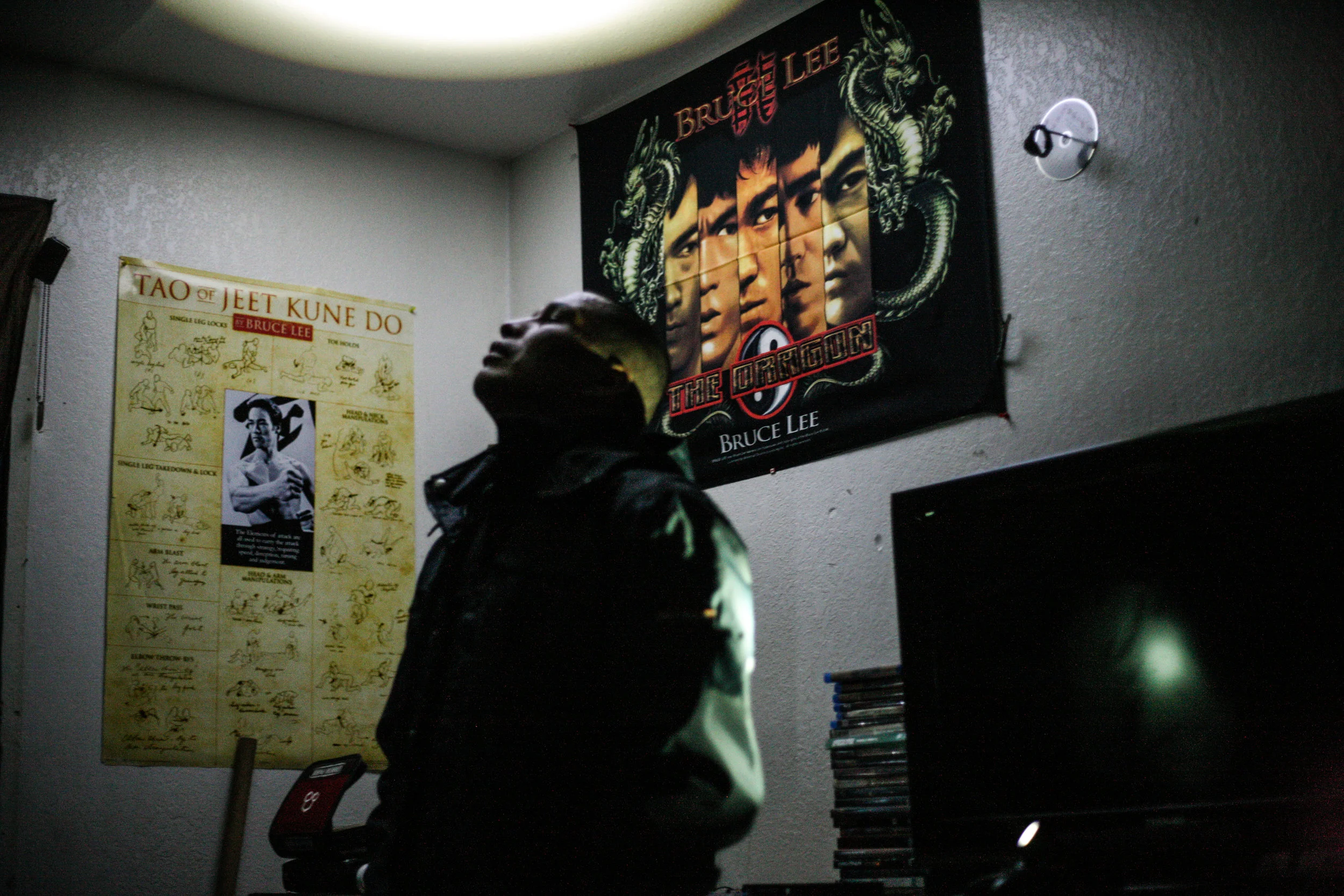His mother put the painkillers in the four-month-old’s milk bottle to stop his crying and make him sleep. And he did - so quietly that she may have forgotten he was even there. She disappeared that December night in 1978 and never came back.
By the time his grandparents find him, the infant is alone, unconscious; the codeine eating through his stomach lining.
The emergency surgery in Edmonton marks the beginning of 39-year-old Gabriel Smarch’s 2,000-page government case history.
The pages tell a story of repeated failures to keep a vulnerable child safe. Throughout his life, Gabriel asked for help, telling social workers, foster parents, nurses and doctors what was happening to him. He was ignored or not believed over and over again.
By the time he says his school principal, a man identified in court documents only as “J.V.,” raped him as an eight-year-old, the trajectory of Gabriel’s life seemed irreversible.
It’s also the story of a victim becoming a violent abuser, a cycle that is far too common in communities like the Kwanlin Dün First Nation outside of Whitehorse, Yukon; communities still grappling with the intergenerational trauma of Canada’s colonial violence.
Indigenous children are drastically over-represented in the foster care and youth justice systems. Nearly 70 per cent of 161 clients that the Yukon Child Advocate’s Office dealt with in 2015-16 are Indigenous, and the vast majority of those are child welfare cases.
“Many of the children we work with are intergenerational survivors of residential schools,” said Annette King, the territory’s child advocate.
Gabriel shared his entire history with the Star because he wants people to understand the cycles of abuse he was caught up in, and how they continue today.


















